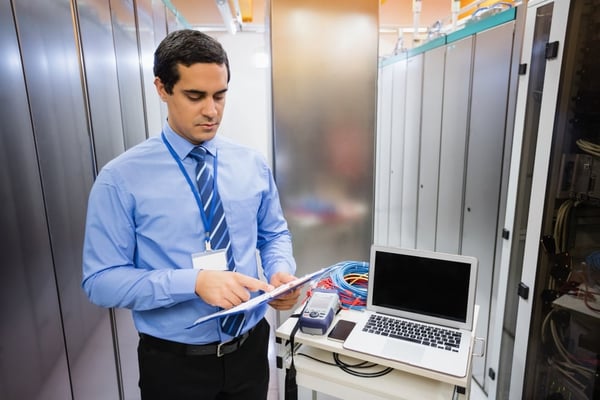
As we discussed in a previous blog, the objective of Autonomous Maintenance is to keep our manufacturing equipment running smoothly. It’s working so well in the operations department, we wanted to see if the processes could work within administration. It’s a very interesting topic to address. Discover the way we do it at Casa Sauza
There is nothing written about using Autonomous Maintenance within administration areas so we didn’t have a model to follow. Because of our success, we decided to create an analog based upon our experience applying the Autonomous Maintenance principles to improve and standardize our admin processes
Our main goals were to eliminate losses and find repeatable, standardized processes. We were looking for the simplification of routine tasks through automation of information capture, filling of formats, etc. Once the simplified processes were in place, we could guarantee service levels of each defined standard.
To change the focus of improvement, instead of capturing information we shifted our focus towards analysis and counter-measures.
Autonomous Maintenance Implementation Phases in Administrative Processes
There were three phases of the project and multiple steps within each phase.
- Restoration
- Improvement
- Standardization
Restoration - 5 Steps
- Review the Current Process - Create a list of all the activities of each process as well as the formats and / or files that are required, the time spent on each of the activities and a list of the people involved during the execution of the process.
- Document the Process - Develop a process map providing a complete vision of the current end-to end processes.
- Identify Losses - Review each activity of the process in detail to identify losses. Losses can be defined in many ways such as spending too much time on an activity or duplicating activities.
- Perform a Loss Analysis - Identify the impact of the loss on the process. Gather all the information required to determine if the “loss” can be improved or eliminated. In each process, there are “losses” that can’t be eliminated, however it is important to consider them in process mappings.
- Classify the Losses - Create categories for the losses. At Casa Sauza, we created 2 categories:
- Losses that can be solved directly by the process owner.
- Losses that require the intervention of third parties, internal or external, to make an improvement or eliminate it.
1st Phase Results of Autonomous Maintenance in Administration
Mainly what we achieved in the first phase of implementation was to document our process in detail, identifying the losses and areas of opportunity of the process. In my next blog, I will talk about the countermeasures that can be applied in the Improvement phase.
Come and visit Casa Sauza yourself and fin out more about our tequila-production processes on site.
.png?width=50&height=50&name=10.CS-Redondo%20(1).png)
